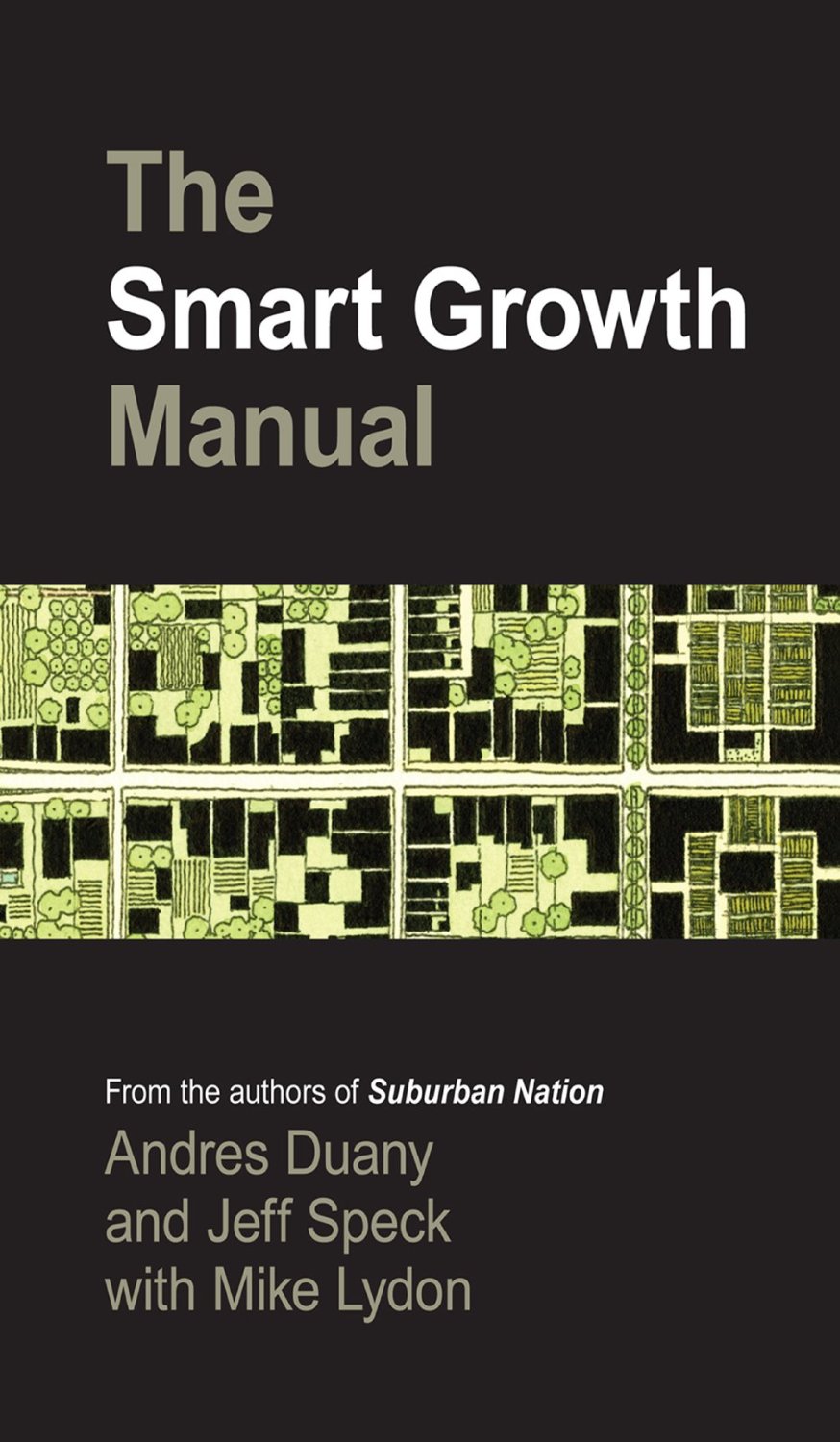 If the goal is to limit the overcrowding of cars on the street, is it a better solution to dilute density in order to spread people out or to foster the ability for more people to carry out more of their day via alternative transit? Is the best way to avoid excessive signage and light pollution to forcibly segregate all commercial program or might it be easier to simply regulate sizes for signage and candlepower for lighting? In an effort to limit the amount of cooking odors disturbing nearby residences, would it make more sense to remove proximity of all retail business or to set standards for the design and location of cooking exhaust?
If the goal is to limit the overcrowding of cars on the street, is it a better solution to dilute density in order to spread people out or to foster the ability for more people to carry out more of their day via alternative transit? Is the best way to avoid excessive signage and light pollution to forcibly segregate all commercial program or might it be easier to simply regulate sizes for signage and candlepower for lighting? In an effort to limit the amount of cooking odors disturbing nearby residences, would it make more sense to remove proximity of all retail business or to set standards for the design and location of cooking exhaust?
Questions like these draw into focus the difference between two mindsets for planning and design, prescriptively restrictive vs. performative. The deeper question is whether it makes more sense to guide design and development by prescribing solutions with an (educated) guess as to how they may perform over time or by simply setting standards for testing how things should actually perform? While the former has proven to be easier for governing bodies in many cases, the latter can be built on what we actually have rather than an idea of what could occur. Continue Reading…












